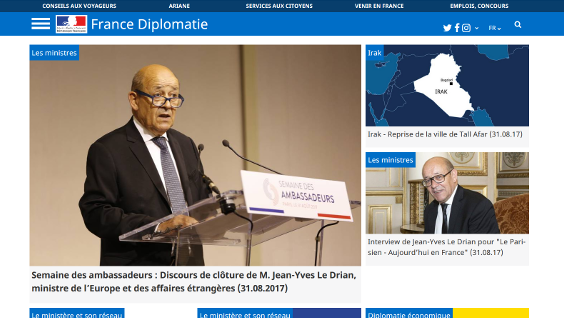What is the Global Partnership for Education? [fr]
The Global Partnership for Education (GPE) is a multilateral partnership working to provide 870 million children quality education with priority on the poorest, the most vulnerable and those who are affected by conflict. Created in 2002 with France’s support under the name Fast Track Initiative, the Partnership now brings together 65 partner developing countries, 22 bilateral, regional and international donors as well as civil society organizations, teachers and philanthropic foundations.
Ensuring quality education for all and tracking progress
The Global Partnership for Education is working to meet UN Sustainable Development Goal 4 which aims to “ensure inclusive and quality education for all and promote lifelong learning”. Bringing together skills and mobilizing resources, GPE supports and amplifies the education efforts of partner countries. It thus works to expand inclusive and equitable quality learning possibilities, especially for girls.
Its goals are laid down in the GPE 2020 Strategic Plan with a unique approach of including 37 detailed results indicators broken down by gender. These indicators reflect the GPE’s demand for effectiveness and efficiency. They also make it possible to comparatively track progress being accomplished in fragile and conflict-affected and fragile countries.
Increased financing to increase access to learning
The GBE Financing Conference, co-chaired by France and Senegal, aims to raise $3.1 billion from financing for 2018-2020. Beneficiary countries will be asked to allocate 20% of their domestic budgets to education.
These funds are expected to help the GPE meets the following strategic goals:
- 89 developing countries helped to drive improved quality of their education and access to school for 870 million children and youth;
- 19 million more children completing primary school, including 9.4 million girls (compared with 2002, already 72 million more children are enrolled in school)
- 6.6 million more children completing the first cycle of secondary education, including 3.9 million girls.
- 67 developing countries with financing earmarked for implementing education plans, covering 64 % of out-of-school children;
- 1.7 million teachers trained;
- 23,800 classrooms built;
- 204 million textbooks distributed.
